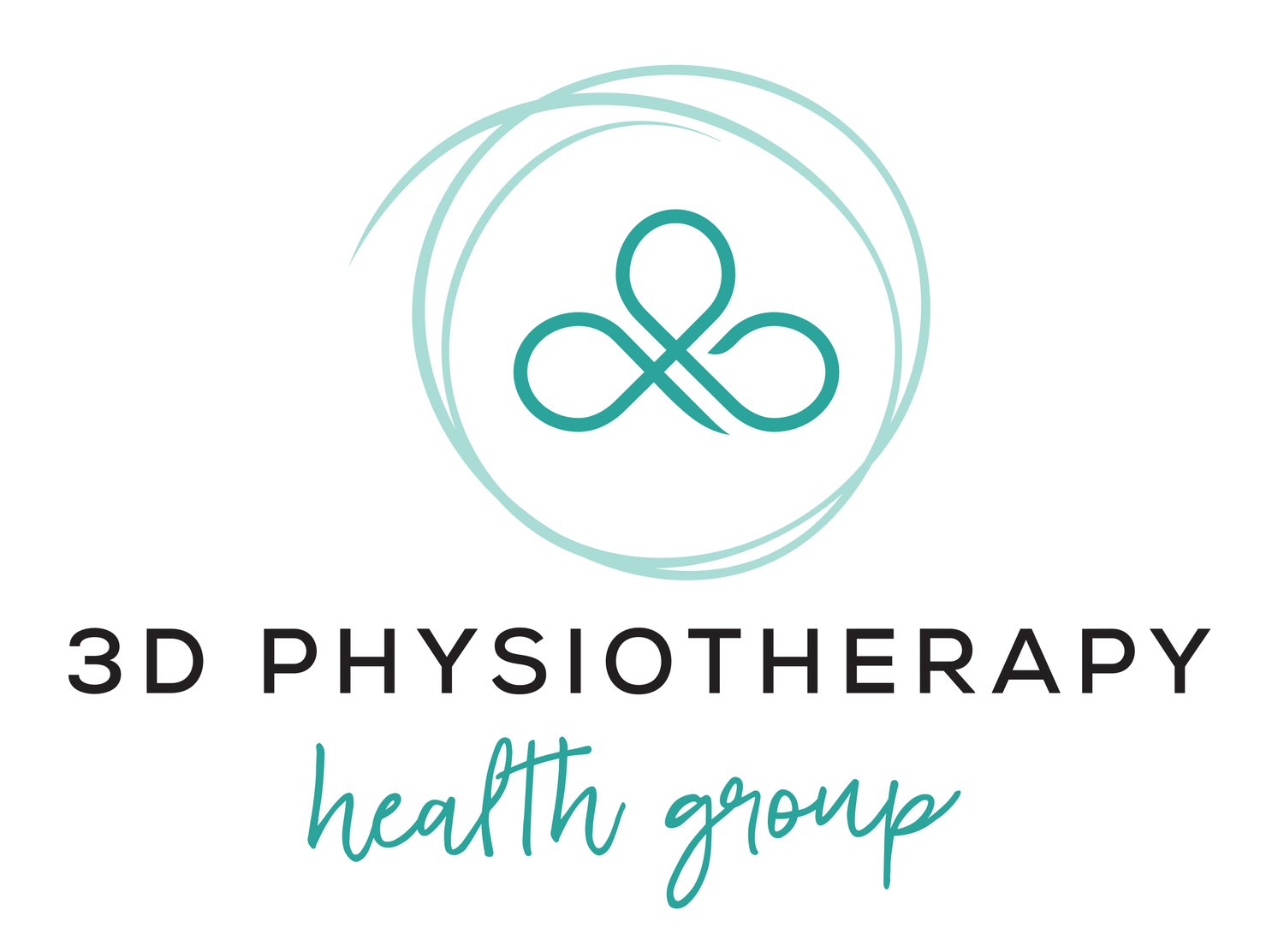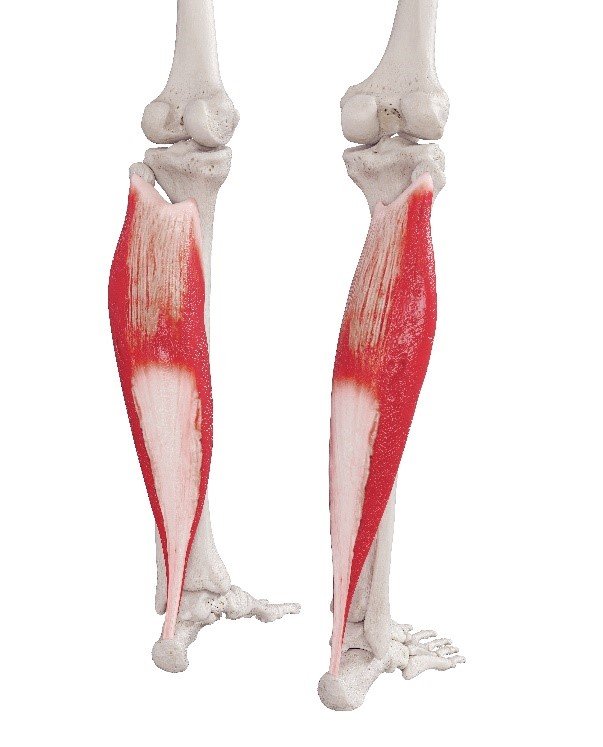Rehab for a calf strain
This is a brief summary of an article (see reference) that evaluated the current practices and perspectives of international experts in the assessment, management and prevention of calf muscle strains in elite sports people.
The conclusions of this group recommended 6 key stages of calf strain rehabilitation.
What do we know about calf muscle strains…
Calf muscle strain injuries are common in elite athletes and can result in significant time-loss from sports. Athletes are also susceptible to recurrent calf strains and other subsequent leg injuries if they are not managed effectively.
Anatomy of the calf muscles
The calf complex is made up of the gastrocnemius and soleus muscles as well as the smaller plantaris muscle.
The gastrocnemius muscle is a large muscle with two bellies that traverses from the Achilles tendon to the back of the knee. Its role is to bend the knee and plantar flex the ankle (pointing your toes away from the body). It is mostly made up of fast twitch muscle fibres, which means it is used during powerful and high intensity activities such as sprinting and jumping.
Injuries to the gastrocnemius muscle often occur suddenly with high intensity activities and usually result in acute severe pain. Pain is generally localised to one particular area. In more severe injuries, people can have difficulty walking normally or have issues putting any weight through the leg at all.
The soleus muscle is a broad/shorter muscle that is deep to the gastrocnemius muscle. It is an ankle plantar flexor (again involved in moving the foot away from the body) and works primarily when the knee is bent. Different to the gastrocnemius, the soleus has predominantly slow twitch muscle fibres, and therefore is mostly used during long distance running.
Injuries to the soleus are a bit different to the gastrocnemius in that they present as more vague tightness or a cramping sensation and can often be missed.
Endurance athletes are more susceptible to soleus injuries, as it can be aggravated by an increase in training volume.
Assessment of calf strain
There are a number of factors to consider during the assessment of someone with calf pain.
We first look at what the source of pain is, and which muscle is likely affected. In addition to ruling out other sources of pain (low back pain, or neural components).
Knowing how the injury occurred is a very important part of assessment- finding out if it was sudden onset or a slow build-up of symptoms.
Key Prognostic indicators/ things to consider post injury:
Can the person walk pain-free, and how long does it take for them to achieve this?
Where is it sore to touch- is it the gastrocnemius or soleus?
Is there a deficit in the amount of ankle movement?
What is the person currently able to do: can they single leg calf raise, can they jump/hop/or run?
What are the demands of the sport or activity the person wishes to return to? Do they need to do sprints, or achieve a high load/volume of training?
Other factors that can affect recovery:
Age
Previous calf injury
Prior calf weakness
Previous lower limb injuries
Six Key Phases for Calf Strain Rehab
Early loading
Load the injured leg as early as possible
Get walking in whatever capacity as soon as possible
Progress exercises to single leg loading early, depending on pain/tolerance, and start small (eg: heel raises)
Don’t forget to exercise the hamstring as well (remembering that it works with the calf to flex the knee)
Start sports specific movements as early as possible
2. Loaded strengthening
Start this once the person can tolerate load, and pain and irritability has decreased
Load at length – single leg heel raises through full range
Progressively increase the load by adding weights to the exercises
3. Power plyometrics
Before starting, the person needs to have good ankle range and strength
The calf muscles need to be powerful with consideration for the needs of the sport/goal of the patient
Thinking about exercises which involve: acceleration/deceleration, vertical and horizontal force production, change of direction and sideways/lateral movements as well
Start with skipping (small movements) or jogging on the spot on toes
Progress to larger movements, which could include: forward jumps, bounds, hops. Remembering to start with double leg and progress to single leg
4. Locomotion
Preparation for return to sport or return to running
Start with walking, then move to brisk walking, stair climbs, walking lunges and bear crawls
Soleus injuries – may need to start with short distance running initially and caution with when to progress the volume
Gastrocnemius injuries – there needs to be caution when considering when to begin fast running and higher intensity movements
Prior to return to running, patients should be able to – walk pain free for 30 minutes, jog on spot 1min pain-free, have normal ankle range of motion, have good calf strength and be able to hop
5. Return to sport
Before returning to sport, the following should be considered: no tenderness/pain on palpation, full strength, full range of movement, and good plyometrics
Make good decisions to ensure successful return to sport
Consideration for those who have a history of multiple calf injuries when returning to sport
When first starting back- can there be reduced game time?
6. Athlete monitoring
To think ahead about successful rehabilitation and reducing risk of further injuries- management of calf tightness, any pain or tenderness are signs that things need to be backed off
Calf strains can reoccur in >50%, and therefore regular check ins with the physio to ensure the end stages of rehabilitation and load management are going to plan is very important
Take away message
Calf muscle strain injuries can be problematic, if not well managed! As the risk of reoccurrence is high.
A good assessment and individualised rehabilitation program with a Physiotherapist is so important. Along with monitoring post return to sport/activity to enable to best outcome.
Blog by Sheena Carey, Senior Physiotherapist
Reference:
Green, B., McClelland, J.A., Semciw, A.I., Schache, A. G., McCall, A., Pizzari, T. (2022) The Assessment, Management and Prevention of Calf Muscle Strain Injuries: A Qualitative Study of the Practices and Perspectives of 20 Expert Sports Clinicians. Sports Medicine - Open 8(10). doi: https://doi.org/10.1186/s40798-021-00364-0






